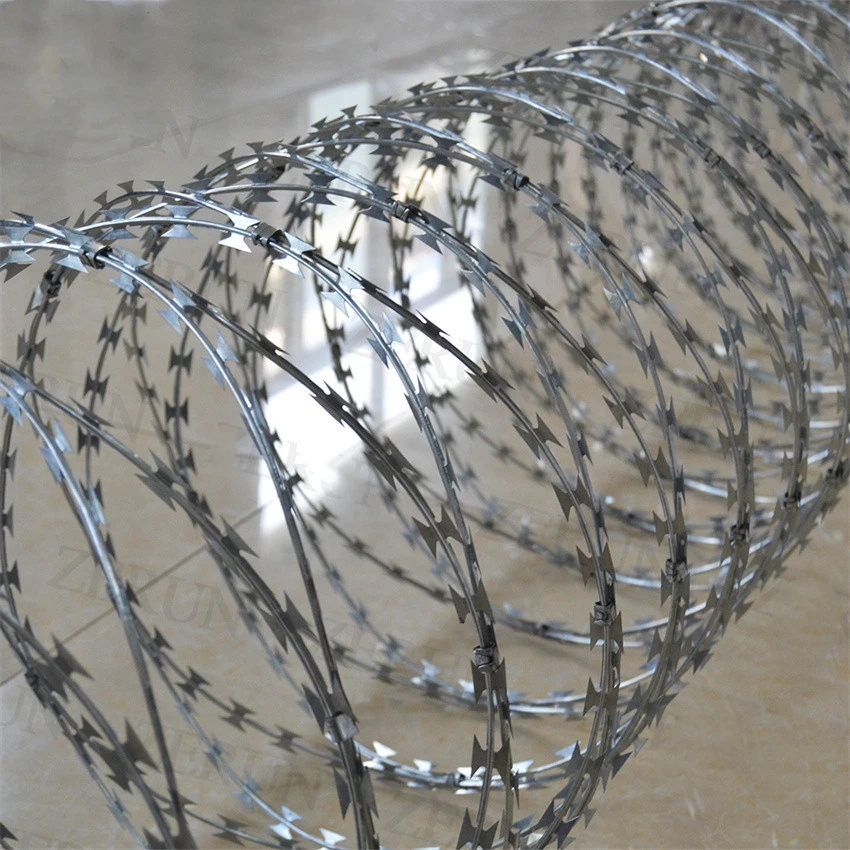Oct . 06, 2024 10:57 Back to list
nested mesh reinforcement
Understanding Nested Mesh Reinforcement Innovations in Construction
In the realm of construction and engineering, the need for enhanced structural integrity and durability has never been more critical. As structures face increasing demand due to population growth and urbanization, innovative solutions are essential. One such advancement is the use of nested mesh reinforcement. This method not only improves the mechanical properties of concrete but also addresses some of the long-standing challenges faced by civil engineers.
What is Nested Mesh Reinforcement?
Nested mesh reinforcement involves the layering of different types of steel meshes within concrete to create a composite material with a high resistance to stress and deformation. The design typically includes a primary mesh overlaid with a secondary mesh, or smaller meshes positioned among the primary ones, forming a ‘nested’ structure. This configuration allows for effective stress distribution throughout the concrete, minimizing the likelihood of cracks under load.
Benefits of Nested Mesh Reinforcement
1. Enhanced Tensile Strength Concrete alone is strong in compression but weak in tension. By introducing nested mesh reinforcement, the tensile strength of the structure is significantly increased. This is essential in applications such as beams, slabs, and bridges where tensile forces are prevalent.
2. Improved Durability Concrete structures are often susceptible to environmental factors such as moisture and temperature fluctuations. Nested mesh reinforcement helps reduce crack formation, thereby extending the lifespan of the concrete and reducing maintenance costs.
3. Optimized Material Usage The hierarchical structure of nested meshes allows for a reduction in the total amount of steel required compared to traditional reinforcement methods. This optimization is beneficial for both cost-efficiency and sustainability, allowing for the use of lighter yet equally effective materials.
4. Versatility in Applications Nested mesh reinforcement can be applied to a variety of structures, including pavements, foundations, and precast elements. Its flexibility makes it suitable for both residential and heavy industrial applications, allowing engineers to tailor solutions based on specific conditions and requirements.
nested mesh reinforcement

Implementation and Design Considerations
Implementing nested mesh reinforcement requires careful planning and design to ensure that the optimal mesh configuration is achieved. Effective design entails determining the right type of mesh, the spacing between layers, and the overall volume of reinforcement required. Engineers often use computer modeling software to simulate stress conditions and validate their designs before execution.
Additionally, the integration of nested mesh reinforcement into construction practices must account for factors such as load-bearing capacity, environmental conditions, and compatibility with existing materials. Collaboration between structural engineers, architects, and contractors is crucial to resolve challenges that may arise during the construction phase.
Case Studies and Applications
A notable case study showcasing the effectiveness of nested mesh reinforcement is found in a major bridge project that faced issues with tensile cracking. The use of nested mesh significantly reduced the occurrence of cracks during stresses from traffic loads. This application not only improved the bridge’s lifespan but also enhanced safety for commuters.
In residential construction, nested mesh reinforcement has been successfully introduced in floors and walls, contributing to greater resilience against seismic activities. Its adaptability has made it popular in earthquake-prone regions, where building codes emphasize the importance of robust structural support.
Conclusion
As the construction industry continues to evolve, the adoption of innovative reinforcement techniques like nested mesh systems represents a significant step forward in creating durable, efficient, and sustainable structures. By addressing the inherent weaknesses of traditional concrete through enhanced tensile strength and durability, nested mesh reinforcement stands as a testament to the potential of modern engineering. As awareness of these methods increases, we can expect to see a gradual shift in construction practices, leading to safer and longer-lasting buildings and infrastructure. This approach not only meets today’s demands but lays a solid foundation for the future of construction.
-
Reinforcing Mesh: Core Material of the Construction Industry
NewsJul.07,2025
-
Welded Wire Fabric Reinvented for Modern Projects
NewsJul.04,2025
-
Superiority of Stainless Steel Woven Mesh
NewsJul.04,2025
-
Key Types of Razor Wire and Their Applications
NewsJul.04,2025
-
Durable Metal Fence Types for Security
NewsJul.04,2025
-
Best Materials for Livestock Fence
NewsJul.04,2025
products.







